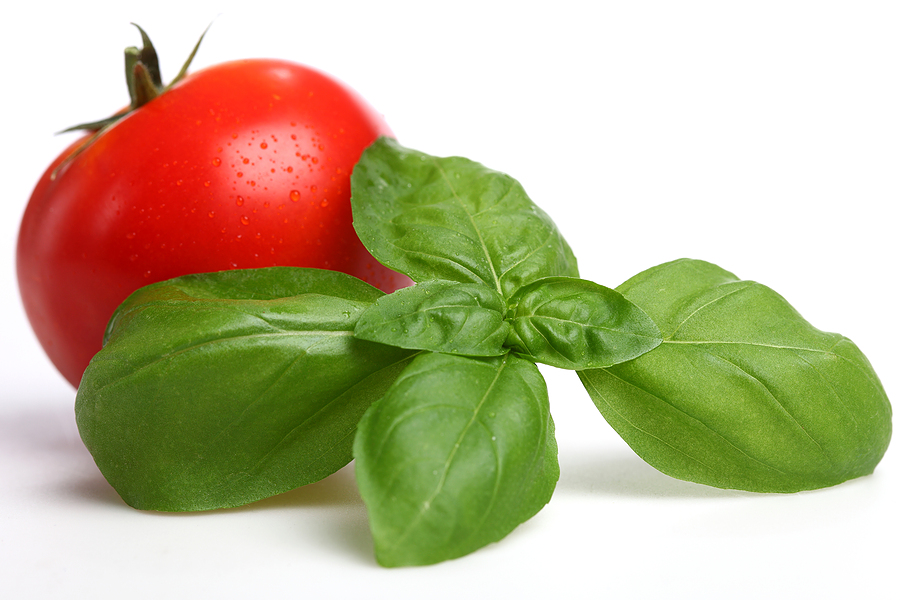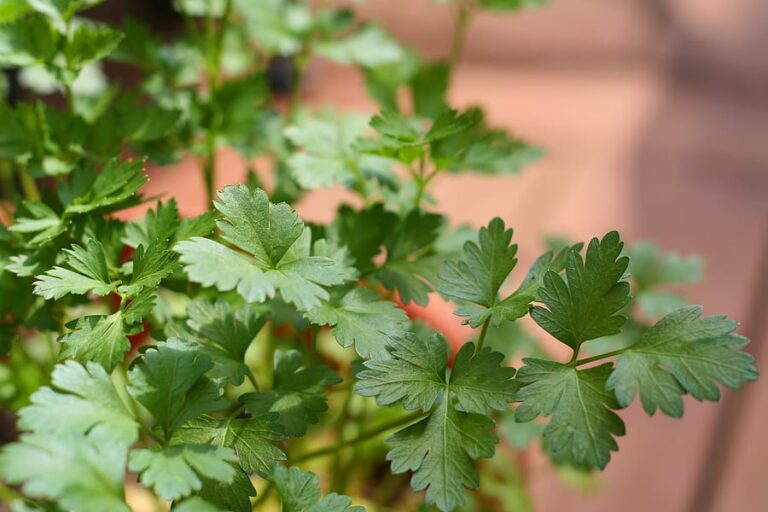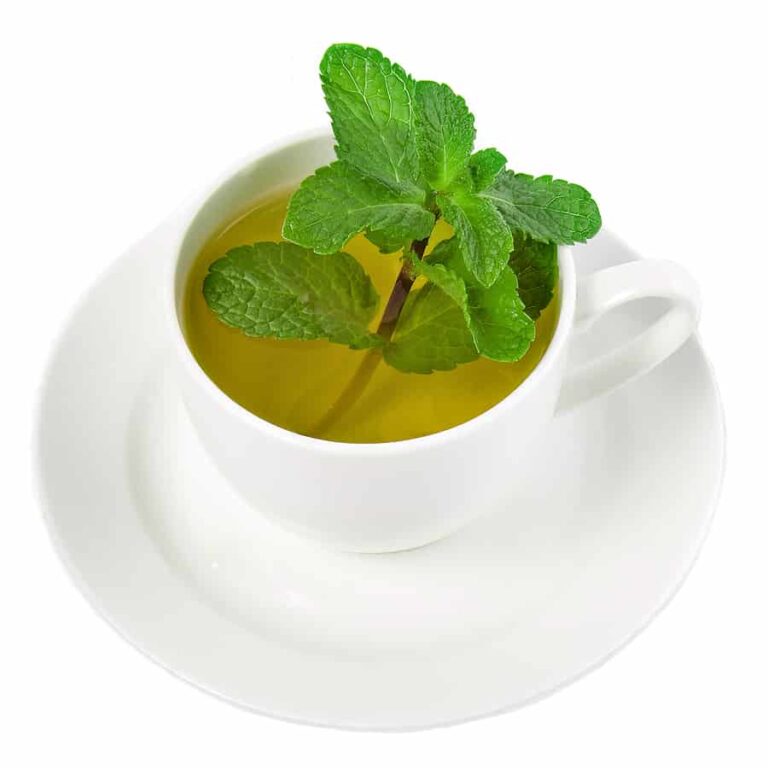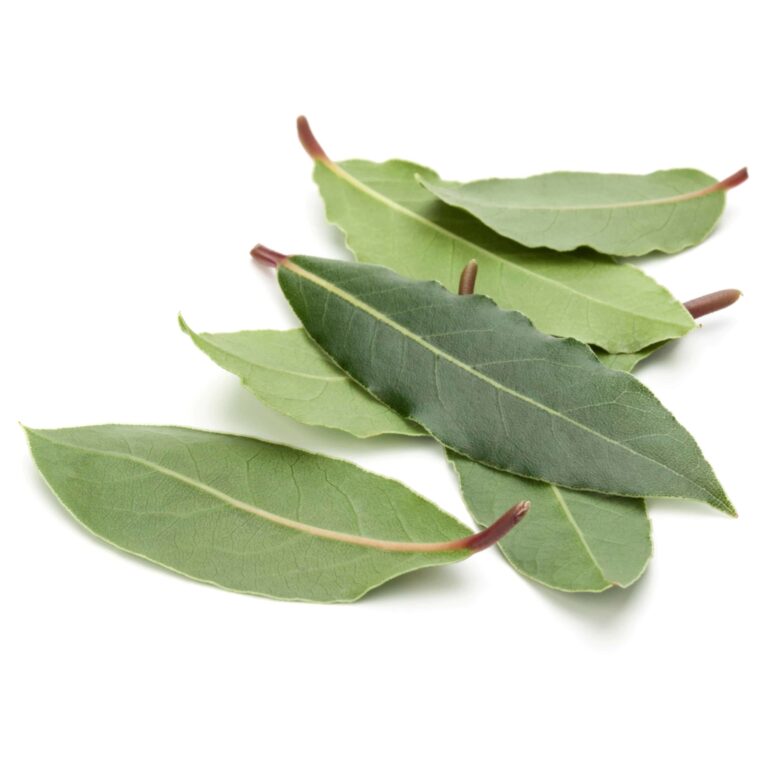Preserving Basil: Easy Ways to Keep It Fresh, Frozen, or Dried
Expert tips to keep basil fresh, flavorful, and ready for year-round use
After growing basil for more than 30 years in California gardens—from raised beds to sunny windowsills—I’ve learned that preserving the flavor of fresh basil is almost as important as growing it. Basil’s bright, aromatic leaves can lose their magic quickly if not stored properly. Fortunately, there are a few simple methods that will help you enjoy basil well past the summer season.
In this guide, I’ll share the best ways to store basil fresh, dry it for longer-term use, or freeze it to lock in flavor—all methods I’ve personally tested and refined over decades of herb gardening.
🧊 Refrigeration: Storing Basil Fresh
Fresh basil is delicate. It thrives in warm weather and does not like the cold. Storing it at the wrong temperature—even in the refrigerator—can cause the leaves to turn black and lose their flavor.
✅ Best Practices:
- Ideal temperature: Store fresh basil at around 40°F (4°C). Temperatures below 38°F may cause chilling damage.
- Preparation:
- Rinse leaves gently in cool water.
- Pat dry with a paper towel or spin dry in a salad spinner.
- Storage method:
- Wrap basil loosely in a damp paper towel.
- Place inside a vented plastic bag or container in your refrigerator’s crisper drawer.
📝 Pro Tip: Don’t crowd the leaves—air circulation helps reduce decay. Use within 5–7 days for best flavor.
🌬️ Drying Basil: Long-Term Shelf Storage
Drying is a traditional method of preserving herbs, but with basil, expect some loss of the fresh, sweet aroma. Still, it’s useful if you want shelf-stable basil for later cooking.
✅ How to Dry Basil:
- Harvest: Pick clean, healthy leaves.
- Drying surface: Lay leaves in a single layer on a screen, mesh rack, or paper towel.
- Location: Set them in a warm, well-ventilated area out of direct sunlight.
- Time: Leaves typically dry in 3 to 4 days.
- Storage: Crumble dried leaves and store in an airtight container away from heat and light.
📝 My Advice: Use dried basil in cooked dishes like soups and sauces, not in raw dishes—it won’t have the same fresh punch.
❄️ Freezing Basil: Best for Retaining Flavor
Freezing is my go-to method for preserving basil’s flavor—especially when I have a bumper crop. Frozen basil works beautifully in pesto, sauces, and cooked dishes.
✅ Method 1: Freeze Leaves Plain
- Wash and pat dry whole leaves.
- Place flat on a baking sheet and freeze.
- Transfer frozen leaves to an airtight bag or container.
✅ Method 2: Freeze with Olive Oil (Best for Pesto)
- In a food processor, combine 3 cups packed basil leaves with ½ cup olive oil.
- Pulse until well blended.
- Spoon mixture into ice cube trays and freeze.
- Transfer cubes to a freezer bag and store for up to 6 months.
📝 Kitchen Tip: Drop a frozen basil cube into pasta sauce or soup for an instant flavor boost.
🧴 Basil Vinegar: A Flavorful Preserving Twist
Infusing basil into vinegar is a great way to add flavor to dressings, marinades, or even cleaning sprays.
✅ How to Make Basil Vinegar:
- Place 1 cup fresh basil leaves into a clean jar.
- Pour in 1 quart of vinegar (white wine or apple cider vinegar work well).
- Seal and let sit in a cool, dark place for 1 to 2 weeks.
- Strain and store in a clean bottle.
🫙 Storing Dried Basil
Once dried, basil should be:
- Crushed gently (not powdered).
- Stored in dark glass jars or airtight containers.
- Kept in a cool, dry place—away from heat and light.
📝 Shelf life: Use dried basil within 6–12 months for the best flavor.
👨🌾 Final Thoughts from the Garden
Preserving basil lets you stretch the joy of your summer garden into fall and winter. Personally, I freeze most of my extra basil to retain that fresh-picked flavor and dry a small batch for seasoning. Whether you’re preserving a few sprigs from a windowsill plant or managing a backyard basil bonanza, you’ll find one or more of these methods works beautifully.
Knowing how to store basil properly is a small skill that brings big returns—in flavor, nutrition, and satisfaction.
🌿 Start Here: How to Grow, Harvest, and Use Basil: Complete Guide
🌿 Growing and Care
- Planting Basil for a Flavorful Harvest: When, Where, and How to Get It Right
- How to Grow Basil in Pots Indoors and Out: A Gardener’s Guide
- Propagating Basil Made Easy: Grow from Seed or Cuttings
- How to Water, Feed, and Care for Basil: A Gardener’s Year-Round Guide
- How to Prune Basil for Maximum Growth and Flavor: Expert Tips
- Basil Growing and Harvesting: Expert Tips and Techniques
- Common Basil Pests and Diseases—and How I Keep Them Out of the Garden
🌿 Harvesting and Preservation
- How and When to Harvest Basil for Maximum Flavor (Tips from an Experienced Gardener)
- Preserving Basil: Easy Ways to Keep It Fresh, Frozen, or Dried
🍴 Culinary Use
- 25 Delicious Ways to Use Basil in the Kitchen (With Tips from a Gardener-Cook)
- How to Make Classic Basil Pesto
- Basil and Tomato Soup
- Ways to Serve Sweet Basil
🌿 Varieties and Background







